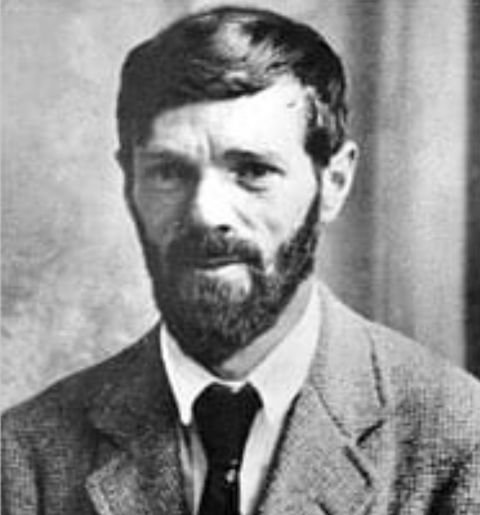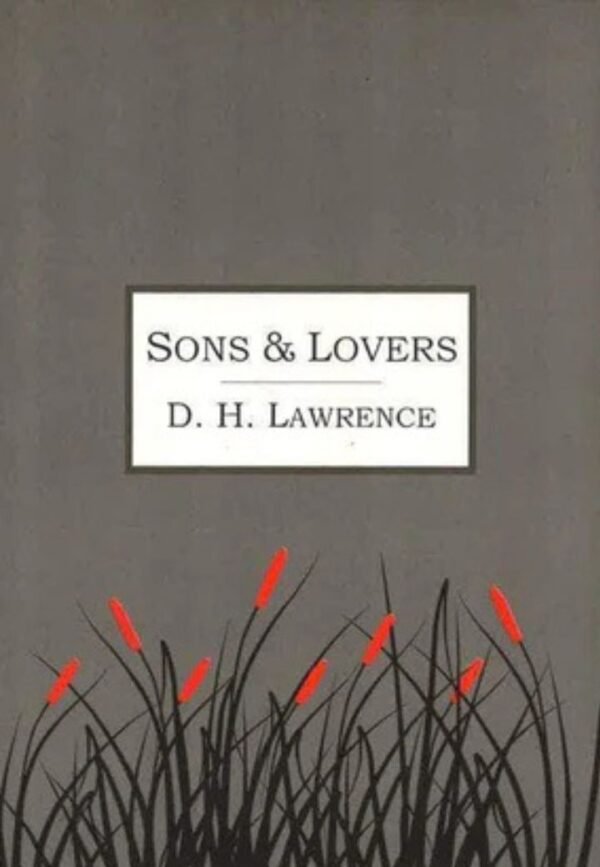
D. H. Lawrence
D.H. Lawrence (1885-1930) was an English novelist, poet, and essayist whose controversial works explored themes of sexuality, psychology, and modern industrial society. Born in Eastwood, Nottinghamshire, to a coal miner father and schoolteacher mother, Lawrence drew heavily on his working-class background and the tensions between his parents in his fiction.
Lawrence’s breakthrough novel “Sons and Lovers” (1913) established his reputation as a major literary voice, followed by “The Rainbow” (1915) and “Women in Love” (1920), which formed a connected exploration of relationships and social change in early 20th-century England. His most notorious work, “Lady Chatterley’s Lover” (1928), was banned for decades due to its explicit sexual content and frank treatment of class differences.
A prolific writer across multiple genres, Lawrence also produced significant poetry collections, travel writing, and literary criticism. His works often featured intense psychological portraits and a belief in the primacy of instinct and passion over intellectual restraint. Lawrence’s writing style was characterized by vivid natural imagery and stream-of-consciousness techniques that influenced modernist literature.
Due to poor health and conflicts with British authorities over his anti-war stance and controversial writings, Lawrence spent much of his later life traveling through Italy, Australia, Mexico, and the American Southwest. These experiences informed works like “Kangaroo” (1923) and “The Plumed Serpent” (1926). He died of tuberculosis in France in 1930 at age 44, leaving behind a complex legacy as both a literary innovator and a provocative social critic whose influence on modern literature remains profound.
- modernist lyricism, sensual realism
- 1885
- Male
- 1

